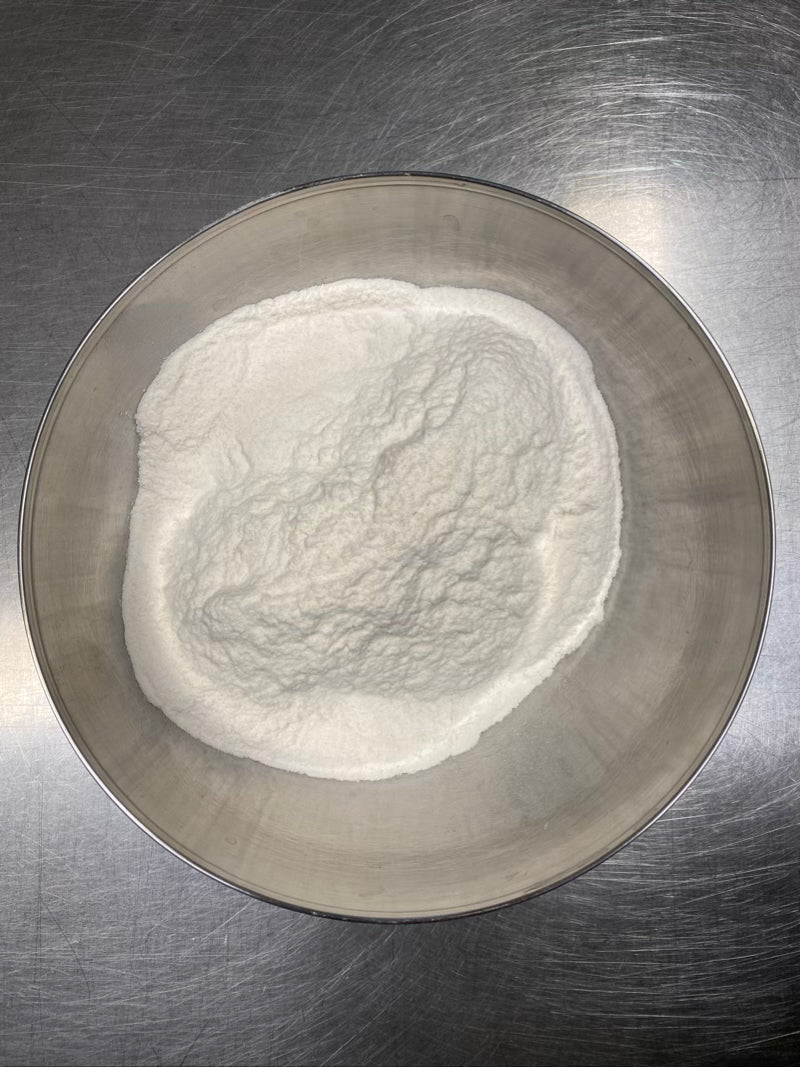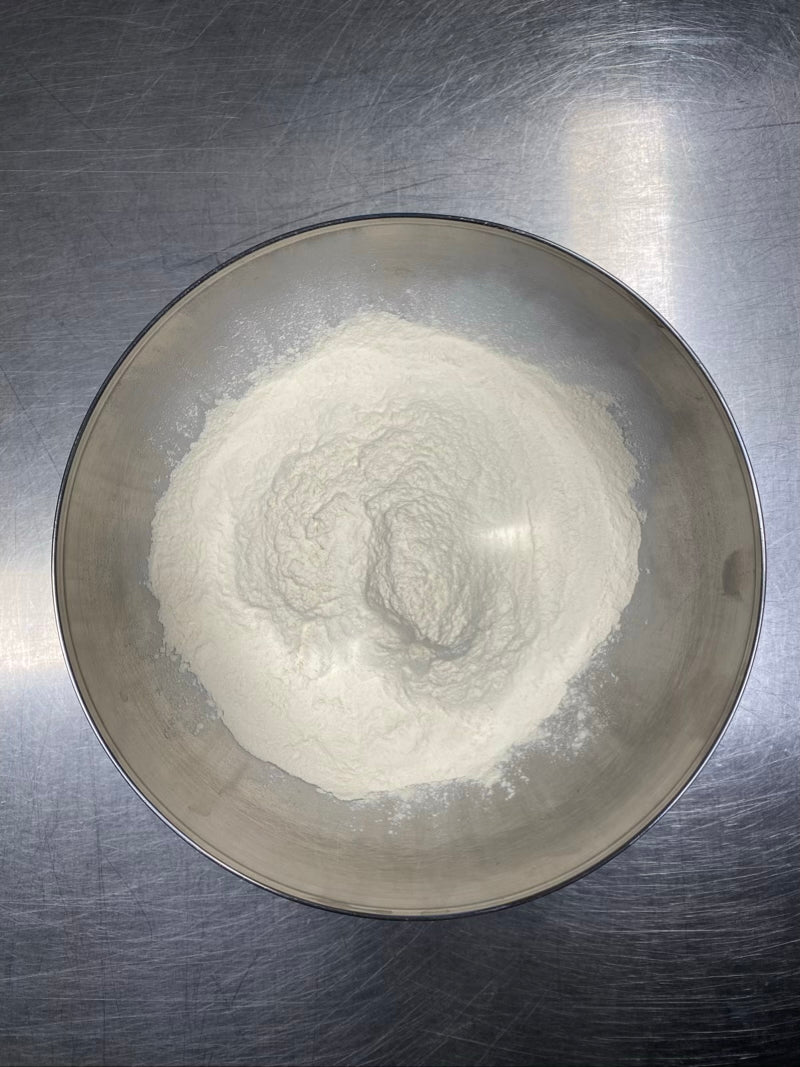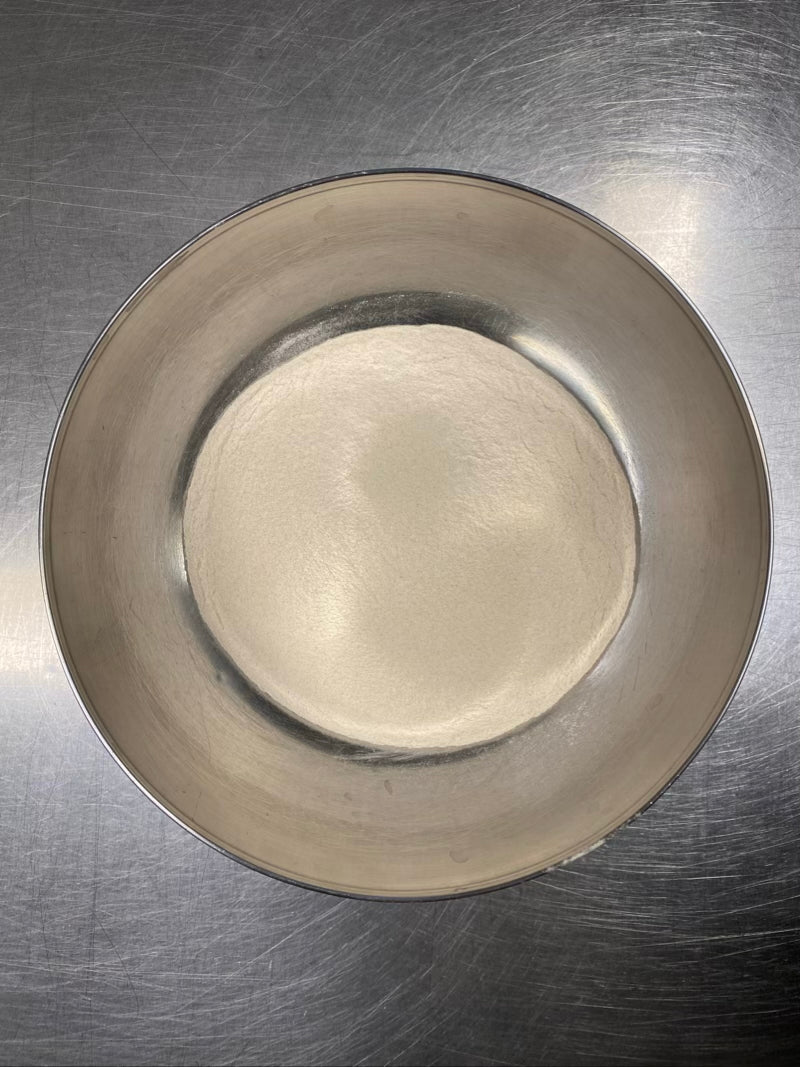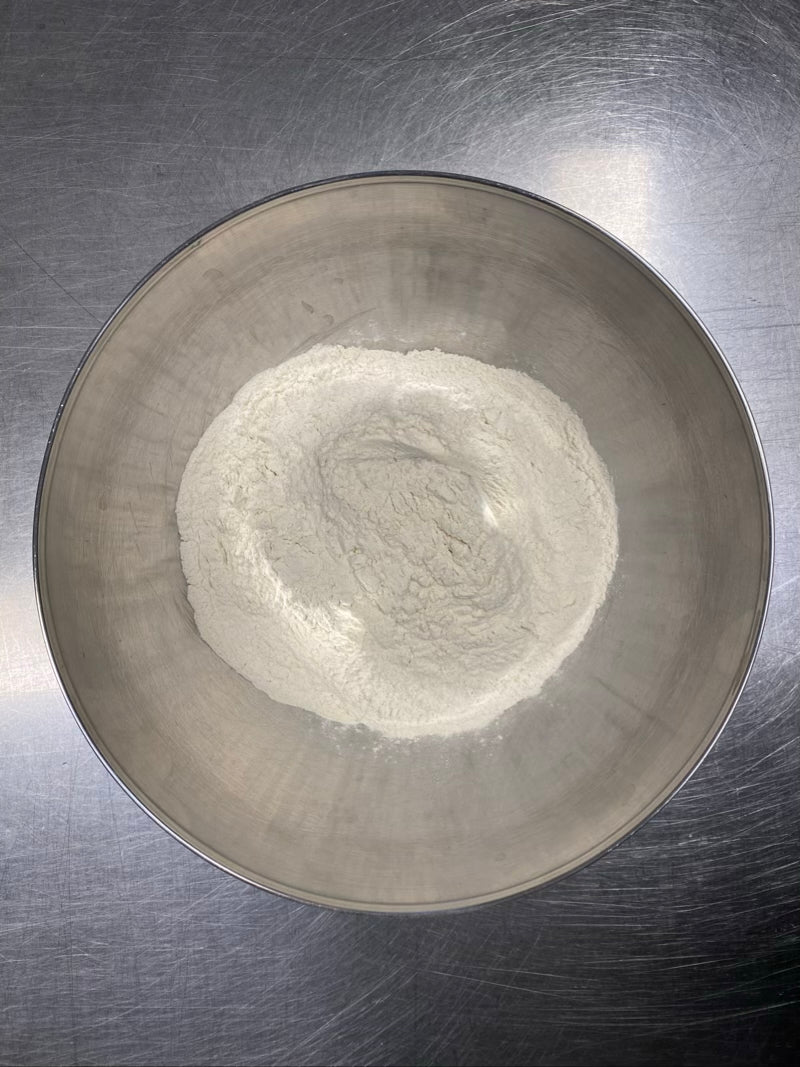Hydroxypropyl methyl cellulose (HPMC) is a cellulose derivative that was first developed and used in industrial and food applications starting in the 20th century. Its exact origin in terms of discovery and initial development is difficult to attribute to a single individual or organization, as research and development of cellulose derivatives has involved many scientists and companies at different times.
HPMC is produced through a chemical process known as etherification, in which natural cellulose is treated with hydroxypropyl chloride and sodium methoxide. This process alters the chemical structure of cellulose, making it water-soluble and giving it desired properties as a thickener, stabilizer and film-forming agent.
Production and Use over Time:
The use of HPMC in industrial and food applications has grown significantly since the mid-20th century, when researchers began to more fully explore the potential uses of cellulose derivatives. Its ability to act as a thickener, emulsifier and stabilizer has increased its adoption in a variety of industries, including pharmaceuticals, cosmetics and food.
Major Producers:
The largest HPMC manufacturers are global chemical and pharmaceutical companies that have manufacturing capabilities in several countries. Among these, we can mention Dow Chemical Company, Ashland, and Shin-Etsu Chemical. These companies are known for their ability to produce high-quality HPMC suitable for a wide range of applications, including those requiring high standards such as the pharmaceutical and food industries.
Importance in the Gluten Free Food Industry:
In the context of gluten-free, the importance of HPMC has grown alongside the growing awareness and diagnosis of celiac disease and other gluten sensitivities. The need for gluten-free products that maintain the sensorial and structural qualities of traditional foods has driven the search for effective additives such as HPMC.
Current Considerations:
Although HPMC is widely used and generally considered safe, the current trend in the food industry is moving towards less processed and more natural ingredients. This may influence consumer perceptions of HPMC and other similar additives. However, its effectiveness as a gluten substitute in gluten-free preparations still makes it a valuable ingredient for many producers and consumers.
10 reasons to use HPMC in gluten-free preparations:
1. Improved structure and consistency: Emulates the effect of gluten, providing elasticity and structure to the dough.
2. Moisture Retention: Helps keep gluten-free baked goods more moist and less dry.
3. Suitable for vegan and hypoallergenic diets: It is not derived from animal sources and does not contain common allergens such as gluten.
4. Stabilization: Useful for stabilizing emulsions and suspensions, improving the quality of preparations.
5. Gel formation: Take advantage of its ability to gel at high temperatures for different applications.
6. Thickening Properties: Acts as a thickener, improving the texture of food products.
7. Solubility in cold water: Facilitates incorporation into various recipes without the need for heating.
8. Compatibility: Works well with a wide range of food ingredients.
9. Shelf life: It can help extend the shelf-life of baked goods.
10. Flavor neutrality: It does not alter the flavors of the preparations, maintaining the desired taste.
10 reasons why it is advisable not to use HPMC in gluten-free preparations:
1. Cost: HPMC can be more expensive than other additives or ingredients.
2. Perception of over-processing: Some consumers may prefer less processed products or products with fewer additives.
3. Limitations in replicating sensory properties: It may not be able to exactly replicate all the properties of gluten.
4. Variable applicability: Not all gluten-free recipes benefit equally from the addition of HPMC.
5. Limited Availability: It is not always easily available in all markets or stores.
6. Experimentation needed: May require trial and error to get the proportions right.
7. Additive Dependence: Can lead to increased dependence on food additives.
8. Possible digestive reactions: Although rare, some people may have sensitivities to HPMC.
9. Effects on texture: It can influence the texture of some preparations in an undesirable way.
10. Negative consumer perceptions: Some consumers may have concerns about the use of food additives.










Share:
Psyllium fiber
Xanthan, what is it?